This is ridiculous. There’s no way 30-inch fish are in three feet of water. No way. I drop my underwater camera in the current and I am so wrong. There they are. Fat and as rambunctious as ever. Big, beautiful spawning Bonneville cutthroat trout. Bear Lake, Utah’s beefiest native fish in the smallest of streams.
“Some of these fish can easily be over 10 pounds,” says Scott Tolentino, Utah Division of Wildlife Resources fisheries biologist. “They are out in the lake and once they desire to spawn, they come up the tributaries. It doesn’t matter what size the tributaries are. I’ve seen them come up even little drainage ditches.”
Tolentino is parked on one of those ditches and he loves his job. How can he not? He’s handling huge fish every day. His office is a tiny shed centered over Swan Creek, one of Bear Lake’s tributaries. There are a thousand trout swimming in his water cooler from May to July. They are on their way upstream to spawn. They see Tolentino and his fish tech. staff on their way up. Some are set free to do their thing naturally, but others are spawned in the shed. And every beast gets a good gawking.
“I never get sick of seeing those fish,” Tolentino says. “To see the color and the size of those fish is just amazing to me.”
The assembly line in the shed is amazing to watch too. Netters work the pens of fish sorted by sex. Tolentino weighs, measures and tags the spawners then eggs are lifted, 300,000 annually, and the trout are tossed out the window back into the water.
A decade of concentrated effort goes into this recovering population of Bonneville cutthroat trout. Idaho and Utah work together. Irrigators and conservationists cooperate. Tributaries are reconnected and the population grows.

“Reconnecting their waterways and allowing them to live in their historic range before Europeans and pioneers arrived is the right thing to do,” says Brett Prettyman, Trout Unlimited Intermountain communication director. “They have a role in the ecosystem.”
The efforts are working so well, Bear Lake isn’t stocked with Bonneville cutthroat trout anymore and in 2015, wild fish outnumbered hatchery fish for the first time.
“We all work together for the resource,” Tolentino says. “People that have ranches that irrigate, they view it as very important too because they see the importance of these fish and they don’t want those fish to ever become endangered or listed or anything on their watch so they’ve been willing to work with us. We encourage that. We reach out to them and they reach us to us.”

Bonneville cutthroat trout are the lake’s native sport fish. You can’t fish the spawning beds in streams, but you can fish the lake. The cutts eat very little while spawning so when they’re done, they swim right back to Bear Lake with big appetites. The kind of appetites that tug the line you’re holding over the water.




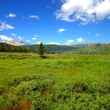
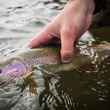
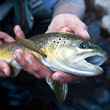




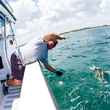


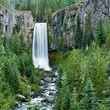




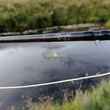
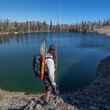



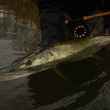
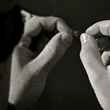



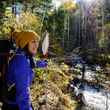
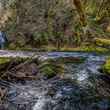
Comments